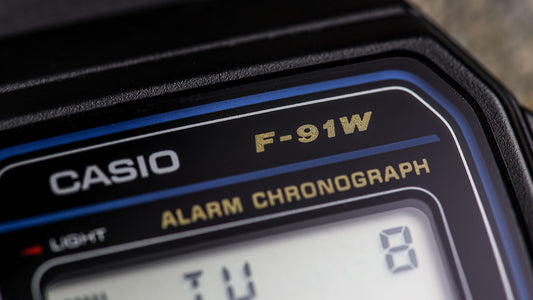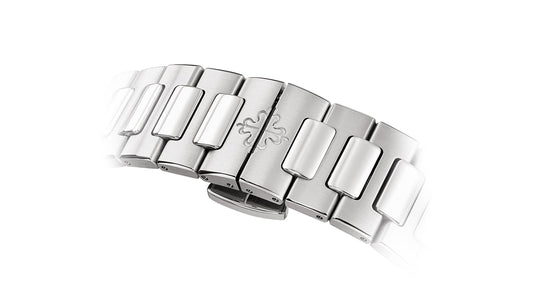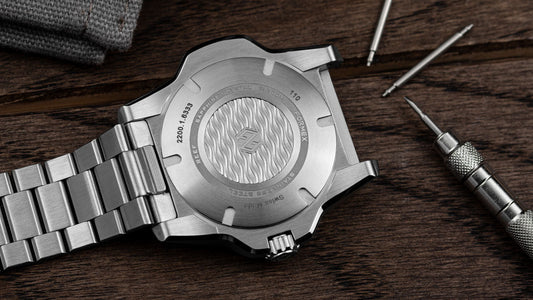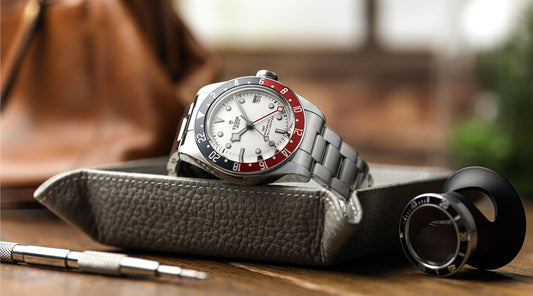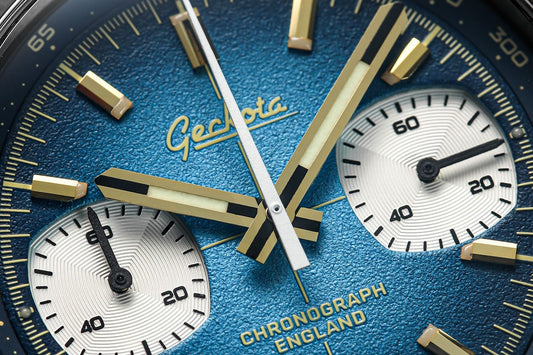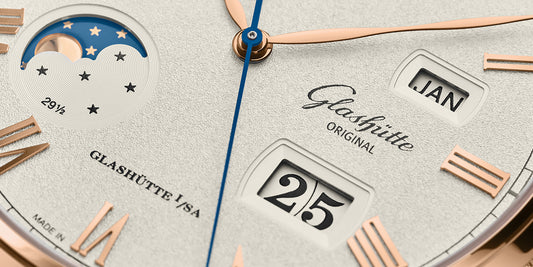A perpetual calendar watch is a type of mechanical watch that accurately displays the date and other calendar-related information. It features a complex mechanical system to accurately track the lengths of months, automatically adjusting for leap years.
This means they don’t need manual adjustments for months with different numbers of days or leap years (unlike annual calendar watches, but more on that later). The correct date is displayed indefinitely without any manual intervention, hence the term “perpetual”.
 Glashütte Original Senator Excellence Perpetual Calendar - Credit Glashütte Original
Glashütte Original Senator Excellence Perpetual Calendar - Credit Glashütte Original
- Regular price
- £68.00
- Regular price
-
- Sale price
- £68.00
- Unit price
- per
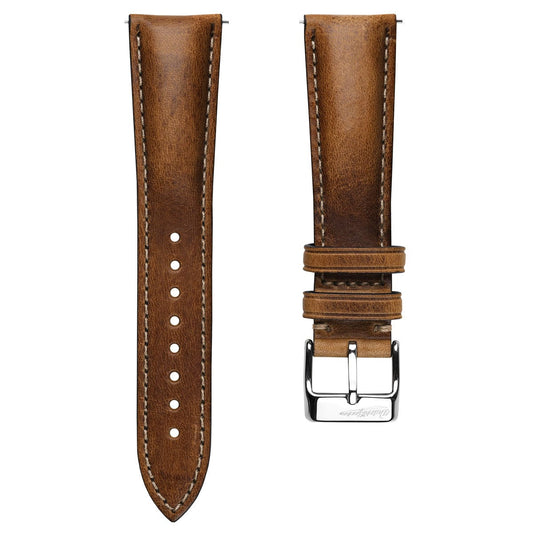
- Regular price
- £68.00
- Regular price
-
- Sale price
- £68.00
- Unit price
- per
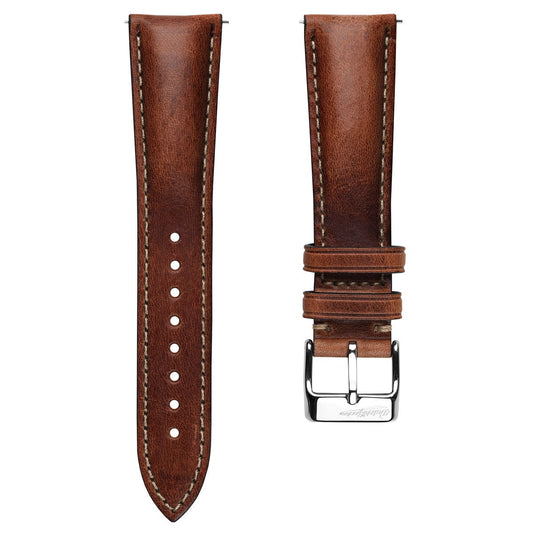
- Regular price
- £68.00
- Regular price
-
- Sale price
- £68.00
- Unit price
- per
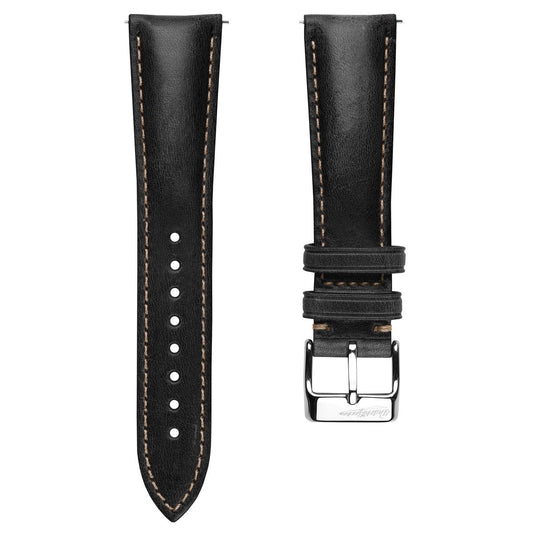
Take a look at the Glashütte Original Senator Excellence Perpetual Calendar watch as an example.
But how exactly does the mechanism work? How long do they last? And what’s the difference between perpetual and annual?
You’ve come to the right place for answers. In this article, I’ll answer these common questions to give you a well-rounded understanding of perpetual watches.
So, let’s start with the basics: How do perpetual calendar watches actually work?
How do perpetual calendar watch work?
 Jaeger-LeCoultre Master Ultra Thin Perpetual Calendar - Credit Jaeger-LeCoultre
Jaeger-LeCoultre Master Ultra Thin Perpetual Calendar - Credit Jaeger-LeCoultre
Okay, I said ‘the basics’. But actually, perpetual watches are highly complex. It’s arguably one of the most sophisticated watch mechanisms out there (aside from perhaps minute repeaters). The movement has a ‘mechanical memory’ of 1,461 days (or four years), which indicates the precise length of each month.
Most timepieces have separate mechanisms for each of the calendar indications. They’re synchronised by a long lever (known as the grand lever), which runs along the top of the complication and through the central axis of the hands.
Typically speaking, perpetuals have a specifically-shaped wheel (with various ridges and dents) that rotates once every four years to guide the calendar, depending on how many days are in the month.
What are the benefits of a perpetual calendar watch?
It’s no secret that perpetual calendar watches are expensive. You’re spending a pretty penny if you want to add one of these timepieces to your collection.
But why are they so expensive? What’s the benefit of owning a perpetual calendar watch?
 IWC Schaffhausen Portugieser Perpetual Calendar - Credit IWC
IWC Schaffhausen Portugieser Perpetual Calendar - Credit IWC
- Accuracy. Owning a perpetual calendar watch means wearing one of the most accurate timepieces on the market. It’s pretty much a guarantee that your watch is displaying the time and date as accurately as possible.
- Convenience. There’s no need for manual intervention with a perpetual calendar watch (until 2100 when the anticipated leap year will be a regular year). The watch auto-adjusts to reflect the time, day, and month.
- Sophistication. Perpetual watches are an homage to classic watchmaking. The skill and craftsmanship that goes into creating these timepieces (and the mechanisms that make them work) is unmatched. This is why they’re on the top end of the price scale.
- Longevity. Perpetual calendars are made to last, surviving decades (and therefore serving as an ideal heirloom). Although it’s important that you still get them serviced every 5-10 years. Failing to do so can impact the lifespan of the watch, as is the same with other types of watches!
What’s the difference between annual and perpetual calendar watches?
 Glashütte Original Senator Excellence Perpetual Calendar - Credit Glashütte Original
Glashütte Original Senator Excellence Perpetual Calendar - Credit Glashütte Original
Before I wrap up, let’s clarify the difference between perpetual and annual calendar watches.
An annual calendar watch isn’t massively different from a perpetual watch. It displays the time and date on the watch face. The mechanism monitors the different months, keeping track of those with 30 or 31 days.
However, the main difference is that it requires small adjustments once a year.
Annual calendar watches can’t predict the lengths of shorter months (like February), or leap years. At the end of February, you’ll need to manually adjust the date to keep it accurate for the rest of the year.
For this reason, annual watches aren’t as accurate as perpetual timepieces, and they’re a little cheaper as a result. In fact, Patek Phillippe released the first annual calendar watch (Ref. 5035) in 1996 as a more affordable alternative to perpetual watches.
Any other questions? Let me know in the comments
Perpetual watches are a great addition to any watch collection. In my opinion, their unique mechanism and incredible accuracy warrant their impressive price tag!
And hopefully, this article has given you a deeper understanding of why perpetual calendar watches are so expensive and valuable. Is there anything I’ve missed? Share your questions below!









